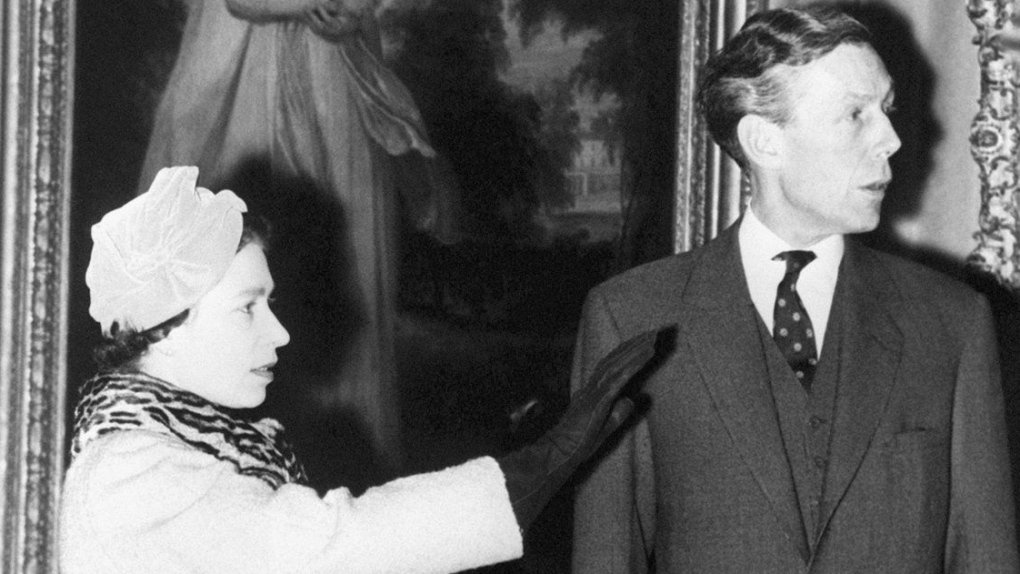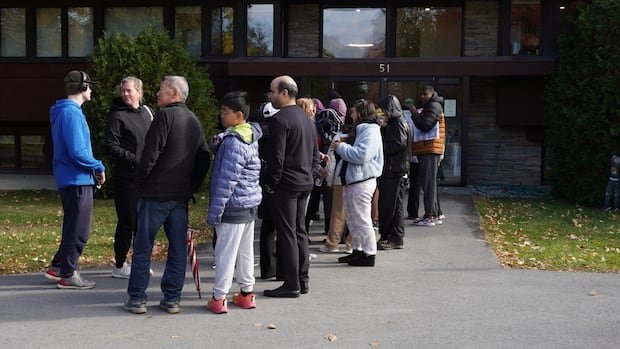LONDON –
Queen Elizabeth II was not told details of her longtime art advisor’s double life as a Soviet spy because palace officials did not want to add to her concerns, newly declassified documents reveal.
Files on royal art historian Anthony Blunt are among a trove of intelligence agency MI5 released Tuesday by Britain’s National Archives. They shed new light on a spy network linked to Cambridge University in the 1930s, whose members revealed secrets to the Soviet Union from the heart of the UK intelligence establishment.
Blunt, who worked at Buckingham Palace as an inspector for Queen’s Pictures, was under suspicion for years before he finally confessed in 1964 that, as a senior MI5 officer during the Second World War, he had passed secret information to the Russian spy agency. KGB.
In one of the newly released files, an MI5 officer notes that Blunt said he felt “deep relief” when he unburdened himself. In exchange for the information he provided, Blunt was allowed to keep his job, his knighthood, and his social position, and the queen was apparently kept in the dark.
In 1972, her private secretary, Martin Charteris, told MI5 chief Michael Hanley that “the queen didn’t know and he saw no advantage in telling her now; “It would only add to his worries and there was nothing he could do about it.”
The government decided to tell the monarch in 1973, when Blunt was ill, fearing a media uproar once Blunt died and journalists could publish stories without fear of libel suits.
Charteris reported that he “took it all very calmly and without surprise” and “remembered that he had been under suspicion” in the early 1950s. Historian Christopher Andrew says in MI5’s official history that the queen had been previously talked about Blunt in “general terms.”
Blunt was publicly unmasked as a spy by Prime Minister Margaret Thatcher in the House of Commons in November 1979. He was eventually stripped of his knighthood, but was never prosecuted and died in 1983 at the age of 75.
Files held by Britain’s secret intelligence services typically remain classified for several decades, but the agencies are slowly moving toward greater openness. Some of the newly published documents will appear in an exhibition titled “MI5: Official Secrets”, which will open at the National Archives in London later this year.
Two of the Cambridge spies, Donald Maclean and Guy Burgess, fled to Russia in 1951. A third, Kim Philby, continued to work for the foreign intelligence agency MI6 despite falling under suspicion. As evidence of his duplicity mounted, he was confronted in Beirut in January 1963 by his friend and fellow MI6 officer, Nicholas Elliott.
The declassified files include Philby’s typed confession and a transcript of his conversation with Elliott.
In it, Philby admitted that he had betrayed Konstantin Volkov, a KGB officer who attempted to defect to the West in 1945, bringing with him details of moles within British intelligence, including Philby himself. As a result of Philby’s intervention, Volkov was kidnapped in Istanbul, taken back to Moscow, and executed.
Elliott reported that Philby said that if he had to lead his life over again, he probably would have behaved the same way.
“I really felt tremendous loyalty to MI6. “I was treated very, very well there and made some really wonderful friends there,” Philby said, according to the transcript. “But the predominant inspiration was the other side.”
Philby told Elliott that the choice he faced now that he had been exposed was “between suicide and prosecution.” Instead, he fled to Moscow, where he died in 1988.
The Cambridge Spies have inspired countless books, plays, films and television shows, including the 2023 series “A Spy Among Friends,” starring Guy Pearce as Philby and Damian Lewis as Elliott. Blunt appeared in a 2019 episode of “The Crown,” played by Samuel West.








